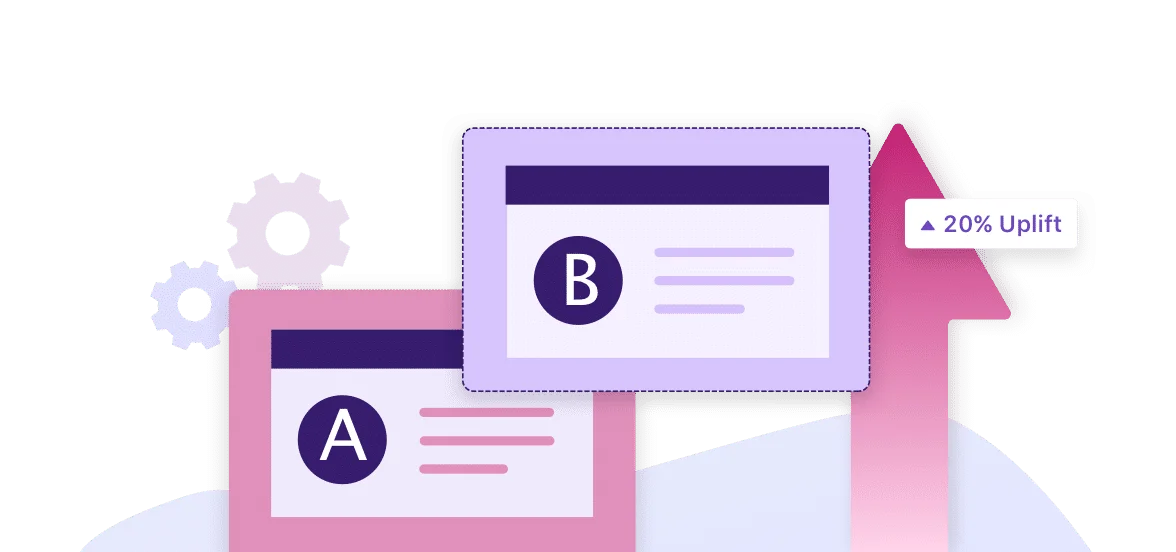All you professional marketers and brand-building afficionados, here’s a task that’s no doubt been slung on your desk, or fired over to you in a long-winded email. The practice of A/B testing is undeniably important – let’s get that out there early on. The question we want to address in this blog, with a few examples to support us, is whether or not it grows too time-consuming, especially in smaller teams looking for more time-sensitive results.
So, let’s close our Google Analytics tab for a second and explore an alternative narrative, which might stir up your resident content analyst:
How It All Works
Marketers are making lots of impactful decisions on a daily basis – A/B testing enables them to evaluate those decisions in real-time. For example, you can send out three newsletters, with different subject lines and objectives, then compare the results to gain insights into which one worked best and why.
The problem is that this invites us to start thinking of our customers like suggestible drones, their purchases guided by cleverly placed emojis or capitalised sales jargon. At the same time, if you were able to live down various permutations of life at once, never putting too much stock in any single decision you made, wouldn’t you lose something in terms of your willingness to take risks?
Furthermore, brands live and die based on their connection with their customers. It’s a shared dream, enforced by clear-thinking individuals, who don’t always rely on much else, besides their own hard-won instincts. Creativity stands balanced on a tightrope every day – sometimes it’s good to feel the wind rocking your steps and creaking the fibres between your toes. If you fail, you learn. Then you fail better next time.
Staring Into The Abyss
To make A/B testing work, you’re going to need to look deep into the minutiae. Some marketers will wax lyrical about an A/B test and genuinely look forward to the next one. If you know how to fine-tune them, they’re easy and quick to run, but also satisfying to analyse when results start flowing in. The only concern we’ve developed over the years is that the mechanical process of comparing emojis and endlessly deconstructing sentences, putting every word on trial, saps some of the innately human fluidity from, for example, social media. Brands can grow robotic if analysts are going over every scrap of copy they produce with a fine tooth comb.
The poet Allen Ginsberg famously said: ‘First thought, best thought’. This was the mantra that stoked a generation of spontaneous and fearless beat poetry (not all of it all that great). So, the question you need to ask yourself is whether the data is worth that edge you lose in poring over it all the time? We have a very strong suspicion that the most powerful brand messages, or most inspiring lines of copy, are never bounced off a crowd, nor scrutinised in a stuffy meeting room. They live and breathe in the moment and are impervious to analysis.


